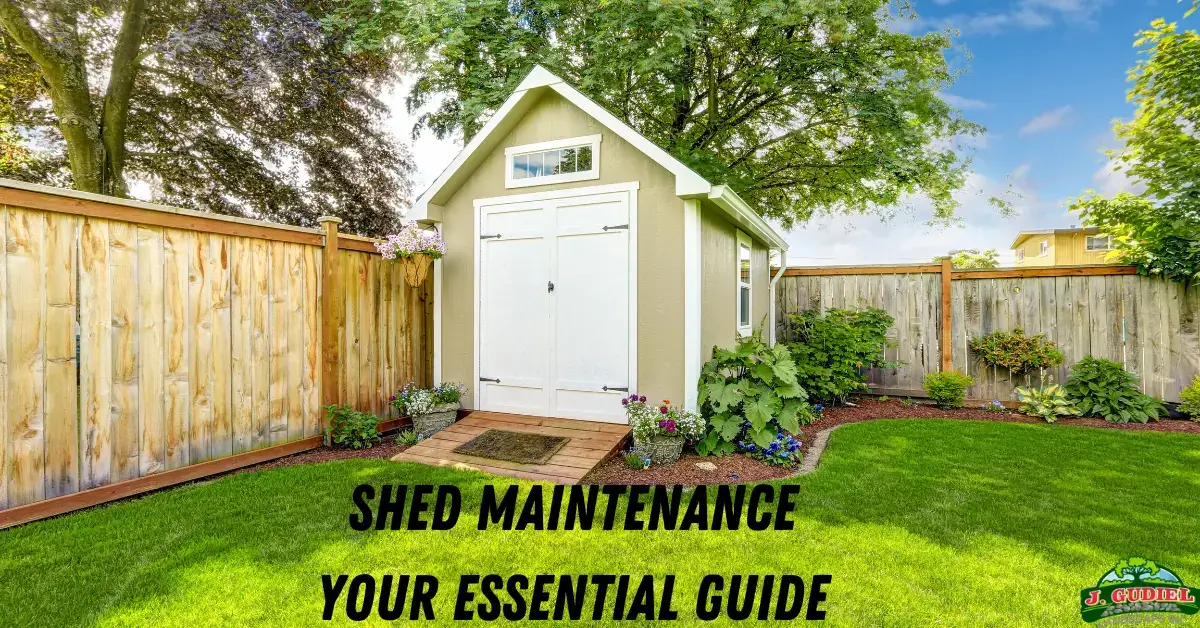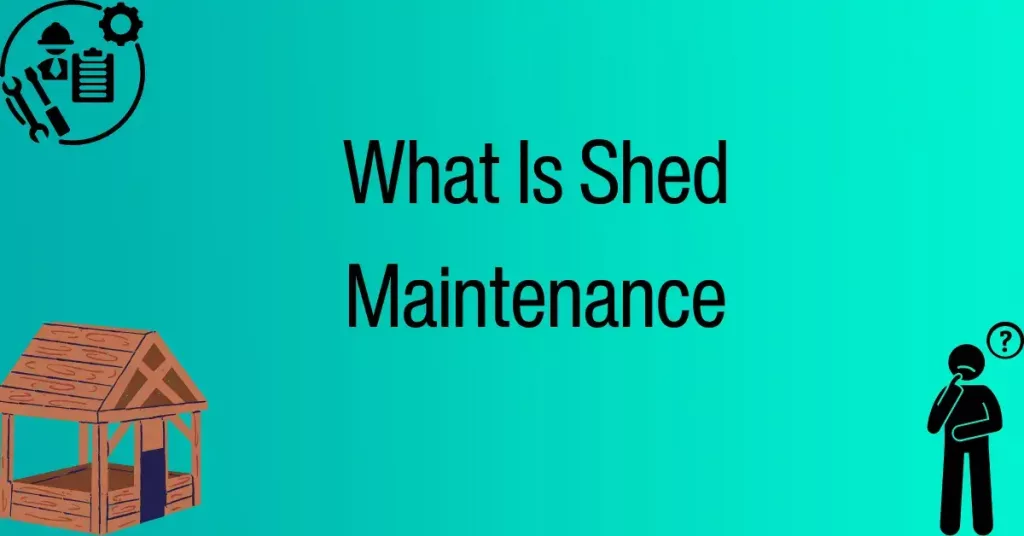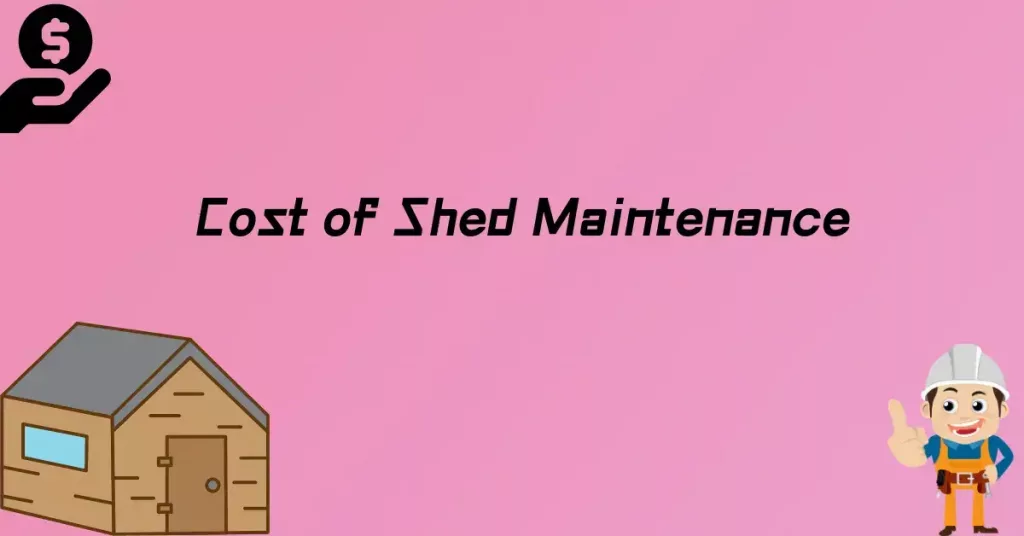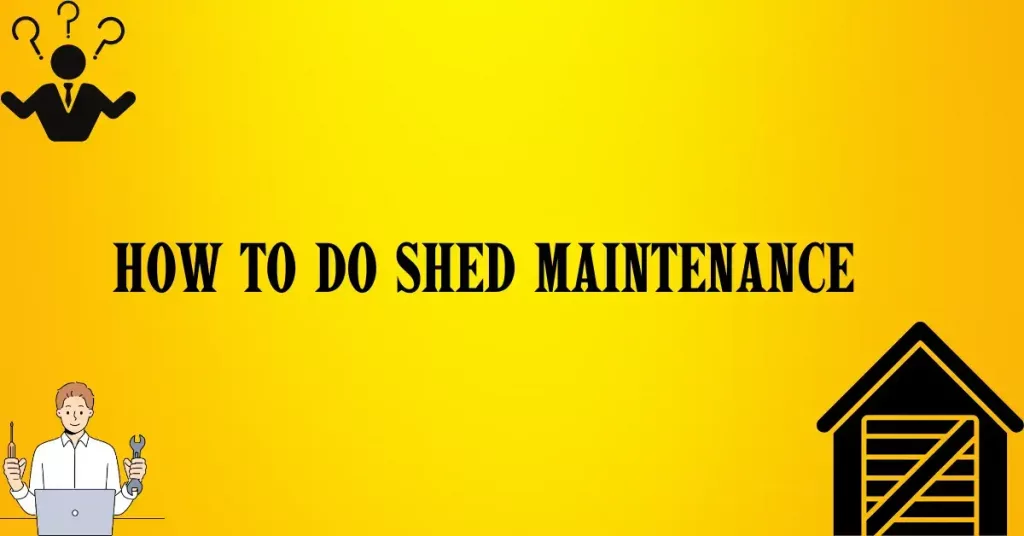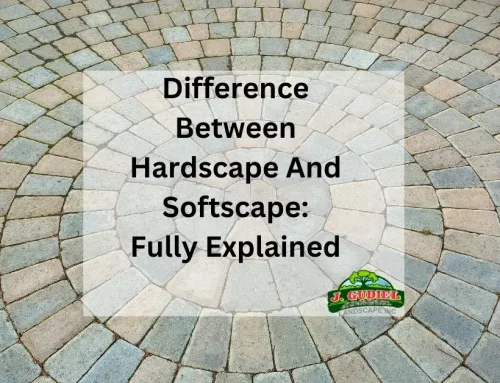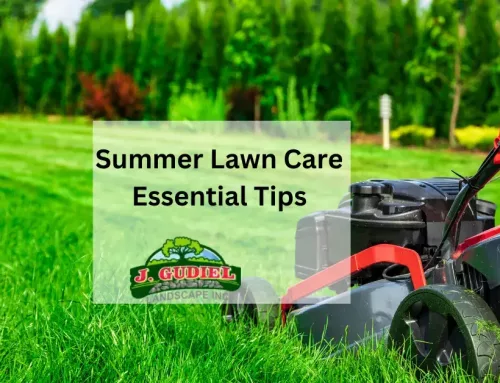Welcome to your go-to guide for shed maintenance! Whether your shed is a storage haven or a cozy retreat, this handbook is designed to simplify keeping it in top shape year-round. On these pages, you’ll find practical tips and straightforward advice to streamline maintenance tasks. From basic upkeep to troubleshooting common issues, we’ve condensed essential information to empower you to care for your shed easily. Let’s dive in and ensure that your shed remains a durable and inviting space for all your needs!
What Is Shed Maintenance
Shed maintenance is all about caring for your outdoor storage space to keep it in good condition. It involves regular tasks like cleaning, repairing damage, and ensuring everything works properly. By doing maintenance regularly, you can prevent problems from getting worse and ensure your shed lasts a long time. It’s like giving your shed some love and attention to keep it looking great and functioning well.
Cost of Shed Maintenance
Variable Costs:
The expenses for maintaining your shed can fluctuate depending on factors such as shed size, construction materials, and its integration within your landscape.
Materials
Shed maintenance entails investing in weather-resistant paints, sealants, and cleaning solutions tailored to your local climate and landscape conditions.
Labor
Whether you handle maintenance tasks yourself or hire professionals, labor costs are a consideration. Professional services may include landscaping specialists who ensure your shed blends seamlessly with the natural surroundings.
Frequency
Regular maintenance is essential for preserving the shed’s structural integrity and harmony with the surrounding landscape. While frequent upkeep may require more immediate investment, it helps prevent costly damage in the long run.
DIY vs. Professional
Depending on your landscaping expertise and available time, you may opt for DIY maintenance or enlist professionals experienced in outdoor structure care and landscape preservation.
Budgeting
Incorporating shed maintenance costs into your overall landscape budget allows for comprehensive property upkeep, ensuring that natural and manufactured structures receive adequate care.
Long-Term Savings
While there are upfront costs associated with shed maintenance, such investments contribute to the longevity of the structure and its seamless integration into your landscape design, potentially reducing the need for costly repairs or replacements down the line.
By considering these landscape-oriented points, you can effectively manage the costs of maintaining your shed while preserving your outdoor space’s aesthetic appeal and functionality.
How to do Shed Maintenance
Scrub the outside
Keeping your shed clean is essential, no matter what it’s made of. Whether wood, metal, or composite, regular cleaning prevents stains and prevents mildew from growing.
Use a bucket and sponge with simple soap and water for a basic clean. If you have a pressure washer, it’s faster, but use the lowest pressure setting to avoid damaging the shed.
Clean the exterior regularly to prevent stains from becoming permanent. If mildew starts to grow, tackle it promptly to stop it spreading. Regular cleaning keeps your shed looking good and protects it from damage.
Take care of wood often.
If you have a wooden shed, treating the wood regularly to protect it from cold and wet weather is essential.
The manufacturer treats most ready-made sheds, but it’s a good idea to double-check. Treat it yourself within the first six months if it’s not treated or has been a while. After that, treat it yearly to keep it safe from the elements. This helps your shed last longer and stay strong against weather damage.
Inspect for Damage
In addition to cracks and loose parts, pay attention to signs of rust on metal sheds or rot on wooden ones. Look for holes that pests might use to enter the shed and ensure the floor is stable and free from water damage.
Check for Leaks
Examine the roof and walls for any signs of leaks, especially after heavy rainfall. Repair any leaks immediately to prevent water damage to the shed’s interior.
Maintain Door and Window Seals
Regularly check the seals around doors and windows to ensure they are intact and provide a proper barrier against the elements. Replace any worn or damaged seals to prevent drafts and moisture infiltration.
Clear Surrounding Vegetation
Trim back any overgrown vegetation or trees surrounding the shed to prevent them from rubbing against the structure or causing damage during windy conditions.
Ensure Proper Ventilation
Adequate ventilation is essential to prevent condensation and mold growth inside the shed. Check vents and openings regularly to ensure they are clear and unobstructed.
Secure Loose Items
Secure any loose items inside the shed to prevent them from becoming projectiles during strong winds or storms. Consider anchoring more oversized items or installing shelving units to keep items organized and secure.
Apply Pest Control Measures
Implement pest control measures such as setting traps or using repellents to deter rodents and insects from nesting inside the shed. Regularly inspect the interior for signs of pest activity and take appropriate action if necessary.
Monitor Foundation
Check the foundation of the shed for any signs of shifting or settling. Address any issues promptly to prevent structural damage to the shed over time.
By incorporating these additional points into your shed maintenance routine, you can help ensure that your shed remains in optimal condition and provides long-lasting functionality.
Jgudiellandscape Shed Maintenance Services
Looking for the best shed maintenance service? Look no further! At jgudiellandscape, we specialize in providing top-notch shed maintenance solutions to keep your outdoor storage space in pristine condition. With our expert team and comprehensive maintenance plans, you can trust us to deliver exceptional results every time. Contact us today to schedule your maintenance appointment and experience the difference
Conclusion
Shed maintenance is essential for preserving the integrity and longevity of your outdoor storage space. Regularly cleaning the exterior, treating wood surfaces, inspecting for damage, ensuring proper ventilation, and implementing pest control measures can protect your shed from the elements and prevent costly repairs. Additionally, addressing issues promptly and performing seasonal maintenance tasks will help keep your shed in optimal condition, providing a functional and reliable space for storing tools, equipment, and other belongings for years to come.
For more exciting content, follow us on Yelp, Facebook, and Instagram.
FAQs
Q1: How often should I clean my shed?
A: Regular cleaning of your shed’s exterior prevents stains and mildew buildup. Aim for at least one or two thorough cleanings annually. However, if you’re in a region with high humidity or frequent rainfall, consider cleaning more frequently to maintain its appearance and structural integrity.
Q2: When should I treat the wood in my shed?
A: To safeguard the wood from moisture damage and ensure its longevity, it’s crucial to treat it promptly. Apply a protective sealant or paint within the first six months of installation. Afterward, reapply treatment annually, ideally before the onset of wet or cold seasons, to maintain its resilience against weather elements.
Q3: How can I prevent pest infestations?
A: Preventing pests from infiltrating your shed requires proactive measures. Keep the shed clean, clutter-free, and well-sealed to eliminate potential nesting spots. Employ pest control methods such as traps or repellents as needed. Regularly inspect the interior and exterior for signs of pest activity, addressing any issues promptly to mitigate infestations before they escalate.
Q4: How to fix a leaning shed.
A: To fix a leaning shed, assess the foundation for erosion or settling. Then, use shims or braces to stabilize and level the shed, ensuring it’s anchored to the ground to prevent further leaning.

